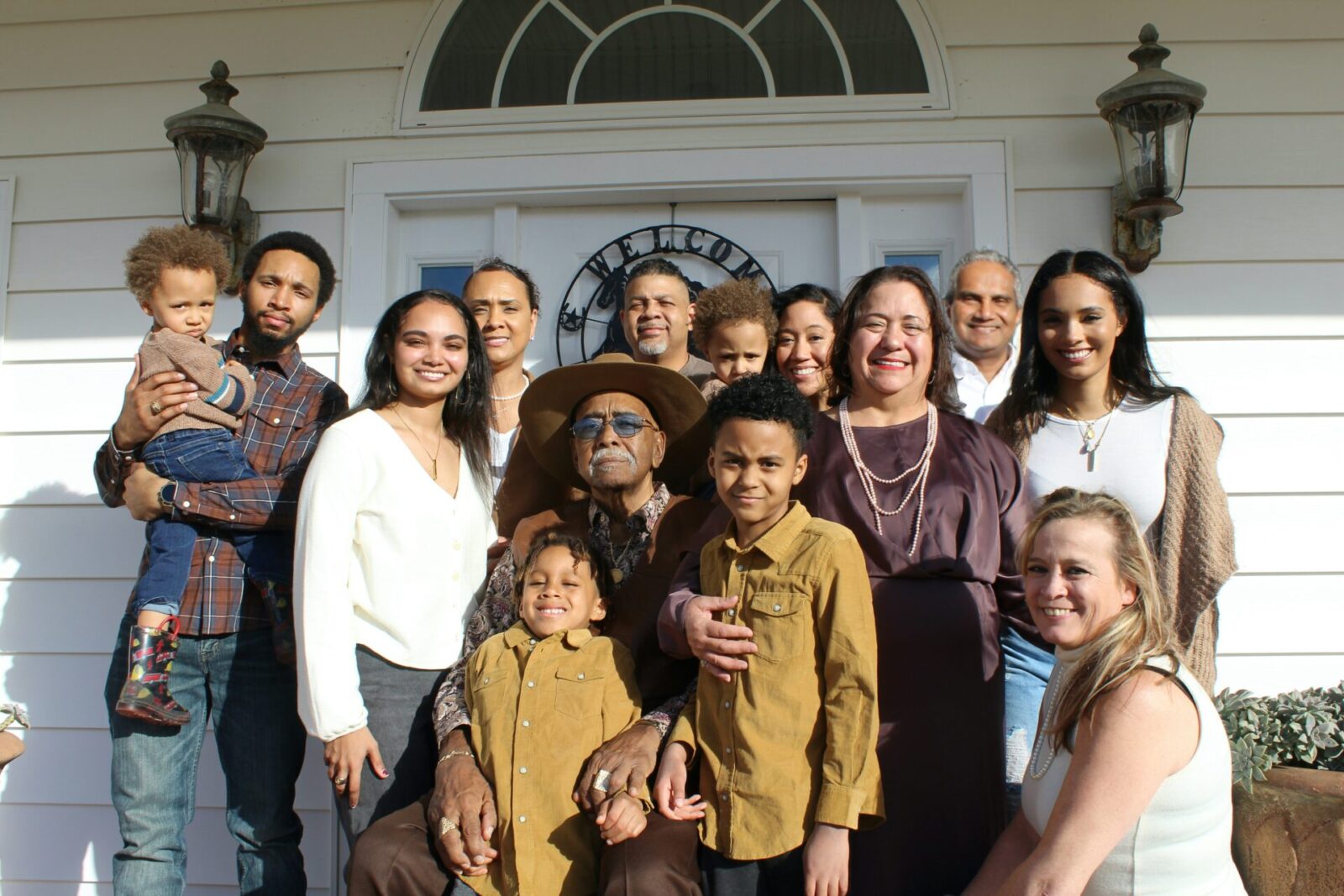

In recent years, family living arrangements have seen a significant transformation. The rise of multigenerational living, where grandparents, parents, and children share a single household, is becoming increasingly common. This shift, driven by economic factors, cultural preferences, and the desire for a shared family life, brings with it a unique set of challenges and opportunities. One of the most pressing challenges is ensuring that the home environment caters to the diverse needs of all family members, particularly when it comes to accessibility.
Accessibility in multigenerational homes goes beyond mobility aids like scooters and wheelchairs. It encompasses the broader vision of creating spaces that are easily accessible to individuals of all ages and abilities. This means designing living environments that not only accommodate mobility devices but also incorporate features that make daily life safer, easier, and more inclusive for everyone. From stair lifts and home elevators to lift chairs and ADA-compliant modifications, the goal is to implement solutions that promote independence, safety, and comfort across generations.
In the following sections, we’ll explore the key accessibility solutions that can transform multigenerational homes into havens of comfort and independence, ensuring that every family member can thrive in a shared living space.
The Importance of Accessibility in Multigenerational Homes
The concept of a home evolves as it embraces multiple generations under one roof. In multigenerational households, accessibility becomes a cornerstone, ensuring that every family member, from toddlers to seniors, can navigate daily life with dignity and ease.
Independence: Empowering Autonomy for All Ages
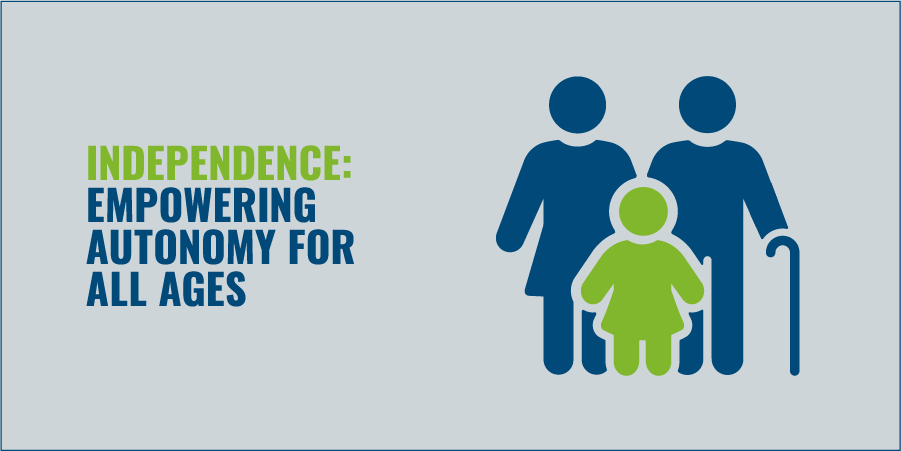
Accessibility is fundamentally about empowerment. It’s about creating an environment where family members of all ages and abilities can move freely, without relying on others. For the young and the elderly alike, simple modifications like wider doorways for scooter access or stair lifts can make a significant difference in how they interact with their living space. This autonomy is crucial for self-esteem and mental health, fostering a sense of capability and resilience.
Safety: Mitigating Risks in the Family Home
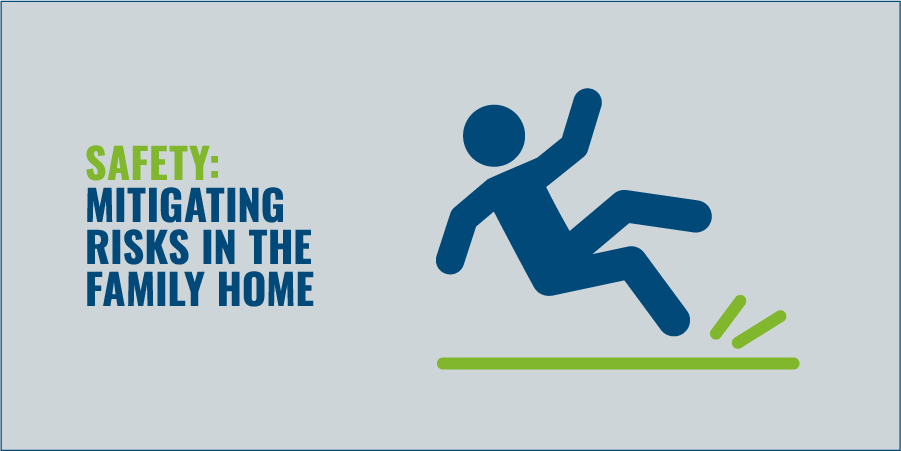
In a multigenerational setting, accessible homes have two main safety benefits. First, it protects those at higher risk of falls, such as the elderly or those with mobility issues, by incorporating features like grab bars in bathrooms, non-slip flooring, and adequate lighting. Second, it creates a safer environment for children, who are naturally curious and prone to accidents, by minimizing potential hazards. A home that provides solutions like these prevents injuries as well as provides peace of mind for the entire family that it is a safe haven.
Aging in Place: Fostering Comfort and Dignity at Home
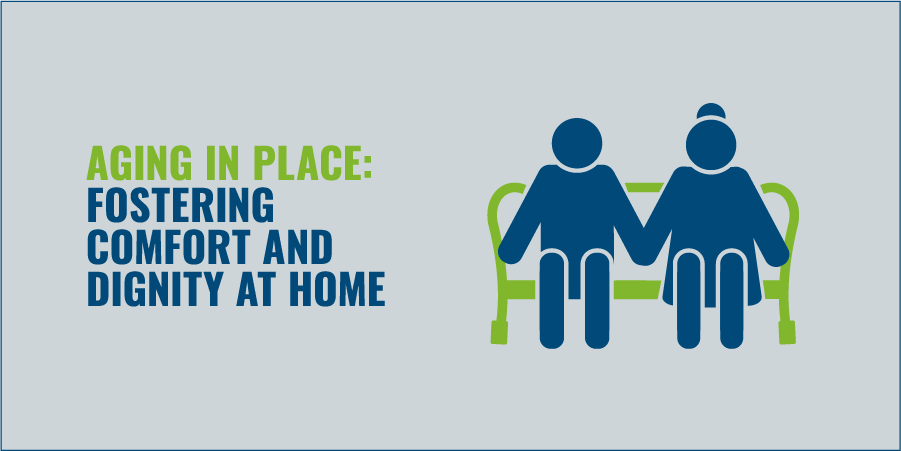
The desire to age in place, to grow old in the comfort of one’s home, surrounded by family, is powerful. Accessibility plays a pivotal role in making this desire a reality. By adapting homes to meet the evolving needs of older family members, we enable them to maintain independence and quality of life even as their physical capabilities change. Solutions such as residential elevators, lift chairs, and wheelchair ramps are investments in the dignity and comfort of older adults, allowing them to age gracefully in the familiar surroundings of their family home.
5 Accessibility Solutions for Multigenerational Living
Creating an accessible multigenerational home involves combining innovative solutions and thoughtful modifications. The solutions not only address specific needs but also foster an environment in which family members can live peacefully regardless of their age or mobility.
1. Wheelchair Ramps: Opening Doors to Independence
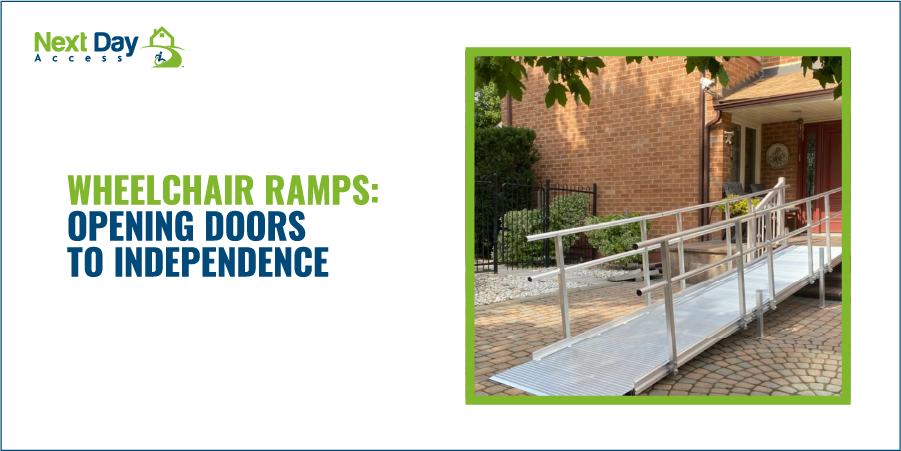
Wheelchair ramps are fundamental in homes where stairs pose a barrier to entry for anyone using wheelchairs, scooters, or walkers. Options range from portable ramps for temporary needs to permanent, custom-designed ramps that blend seamlessly into the home’s exterior. The key is to ensure safe, easy access, reinforcing residents’ autonomy.
2. Stair Lifts and Home Elevators: Elevating Accessibility
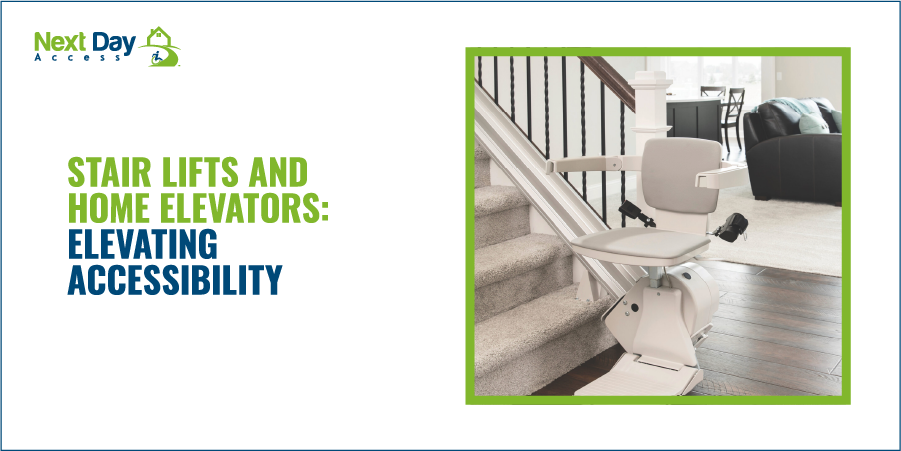
Stair lifts offer a practical solution to multi-level homes, allowing individuals to move between floors safely and comfortably. Home elevators, on the other hand, provide a more comprehensive solution, accommodating not just individuals but also laundry, groceries, and more. While stair lifts are cost-effective and less invasive to install, home elevators offer long-term value and are beneficial for resale.
3. Mobility Scooters: Enhancing Mobility Inside and Out
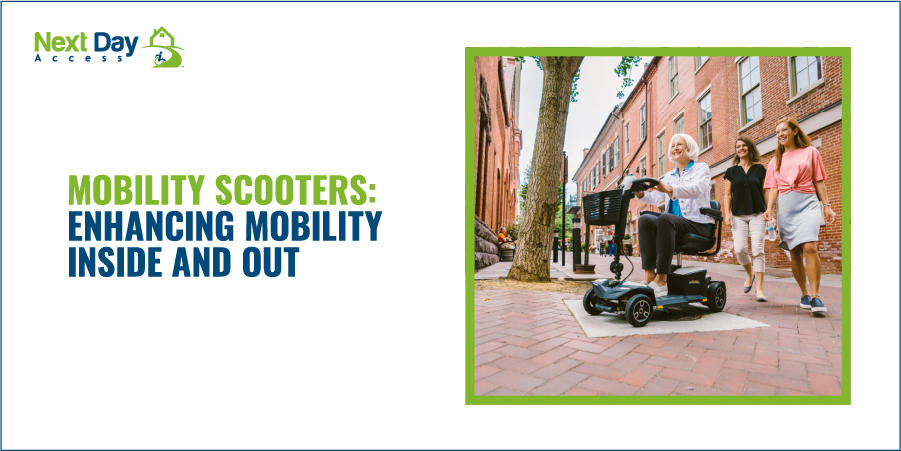
Mobility scooters are invaluable for those who can navigate short distances but need assistance on longer trips. Inside the home, ensuring wide doorways and clutter-free paths is crucial. Outside, scooters support participation in family outings, adding to quality of life.
4. Lift Chairs: Merging Comfort and Support
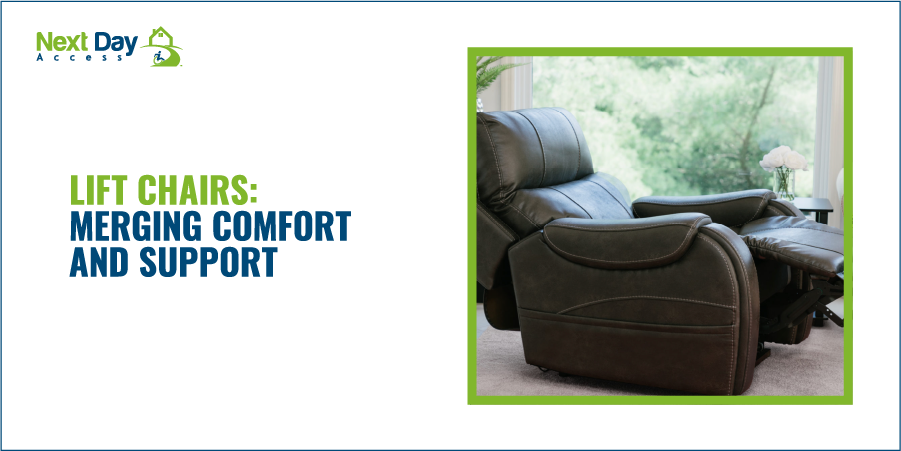
Lift chairs are a dual-purpose solution that provides comfortable seating while also helping individuals stand up without strain. Ideal for the elderly, these chairs are a testament to how accessibility solutions can blend into daily living without compromising home aesthetics.
5. Fall Prevention: Simple Steps to a Safer Environment
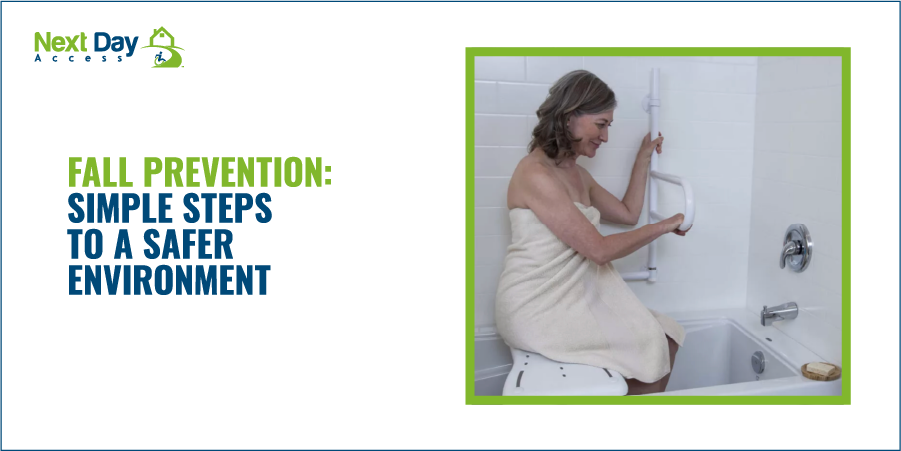
Fall prevention modifications are among the most straightforward yet impactful changes a family can make. Installing grab bars in strategic locations, ensuring adequate lighting, and opting for non-slip flooring can dramatically reduce the risk of falls, making the home safer for everyone, especially the elderly and young children.
ADA Accessibility: Meeting and Exceeding Standards
Adhering to the Americans with Disabilities Act (ADA) accessibility standards is crucial when modifying. These standards ensure that changes are not just effective but also safe and legal. Consulting with professionals can help families navigate these regulations, ensuring that their home modifications meet the highest accessibility standards.
Implementing Accessibility Solutions
Transforming a multigenerational home into an accessible environment requires careful planning and consideration. By approaching this process with care and attention to detail, families can create an inclusive environment that supports the independence and well-being of all generations living under one roof.
Assessment: Tailoring Solutions to Individual Needs
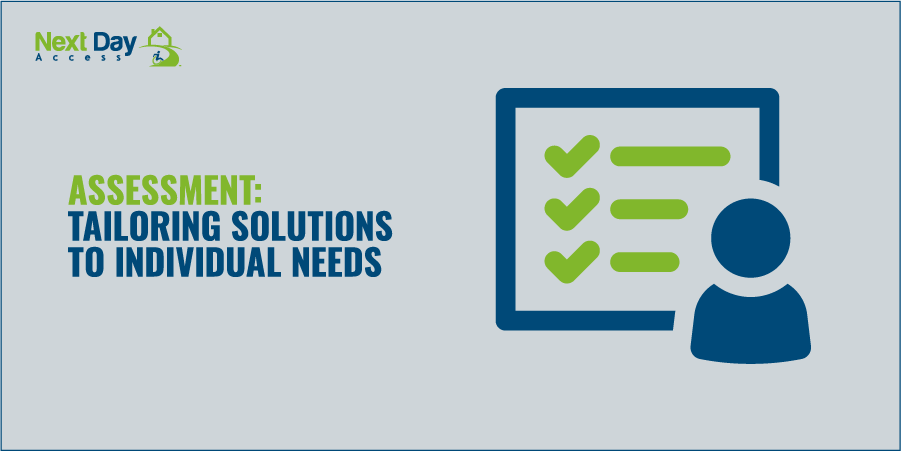
The first step in implementing accessibility solutions is a thorough assessment of each family member’s needs. This involves considering current mobility challenges and future needs. Factors such as the age of the residents, the severity of mobility issues, and the layout of the home play a crucial role in determining the most appropriate modifications. This personalized approach ensures that the solutions implemented will genuinely enhance the quality of life for all inhabitants.
Professional Consultation: Leveraging Expert Insights

Consulting with accessibility professionals can provide invaluable insights into the most effective solutions for your home. These experts can advise on everything from the most suitable types of stair lifts to the latest innovations in residential elevators. They can also help navigate ADA compliance complexities, ensuring that all modifications meet legal standards. The expertise of these professionals can save time, reduce costs, and ensure that the chosen solutions are both practical and compliant.
Aesthetic Considerations: Blending Functionality with Style
Accessibility solutions should enhance home functionality without compromising aesthetics. Modern accessibility products are designed with both form and function in mind, offering options that seamlessly integrate into any home decor. Whether it’s a sleek and compact home elevator or a stylish lift chair that complements your living room furniture, you can find solutions that match your home’s look and feel.
Future Planning: Opting for Flexible and Scalable Solutions
When implementing accessibility solutions, it’s essential to think long-term. Choosing adaptable and scalable solutions can accommodate multigenerational families’ evolving needs. For instance, opting for modular wheelchair ramps or stair lifts that can be easily upgraded or modified can provide flexibility as family members’ mobility needs change. Planning for the future ensures that the home remains accessible and comfortable for years to come, offering peace of mind to all residents.
Design a Home for All Generations
Creating an accessible environment in multigenerational homes is more than a matter of convenience; it’s a commitment to fostering an inclusive space where every family member, regardless of age or mobility, can thrive. By incorporating solutions like wheelchair ramps, stair lifts, and residential elevators, these homes transform into comfortable spaces that support independence, safety, and dignity for everyone..
If you’re inspired to transform your multigenerational home, contact the accessibility experts at Next Day Access to start a conversation. Our team is dedicated to helping families create living spaces that celebrate diversity of needs and preferences. Together, let’s create environments that empower every generation to live their best life, fully and freely.
Find the Right Accessibility Solution Fast
Reach out to a location near you today for a custom quote!
Contact Next Day Access today for reliable mobility solutions backed by responsive, expert installation. Enter your ZIP code or postal code to find a location near you and take the first step toward a safer, more accessible space.
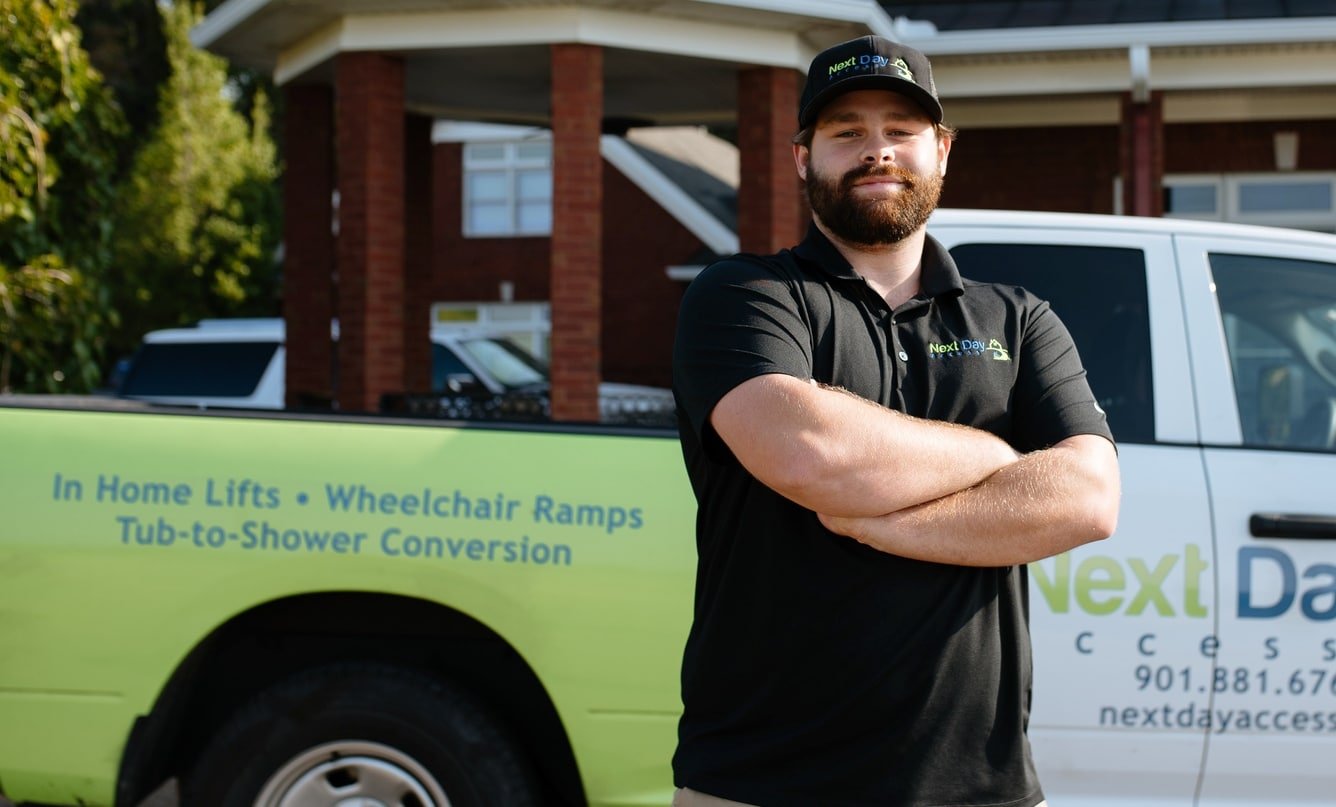
Find the Right Accessibility Solution Fast
Reach out to a location near you today for a custom quote!
Contact Next Day Access today for reliable mobility solutions backed by responsive, expert installation. Enter your ZIP code or postal code to find a location near you and take the first step toward a safer, more accessible space.
